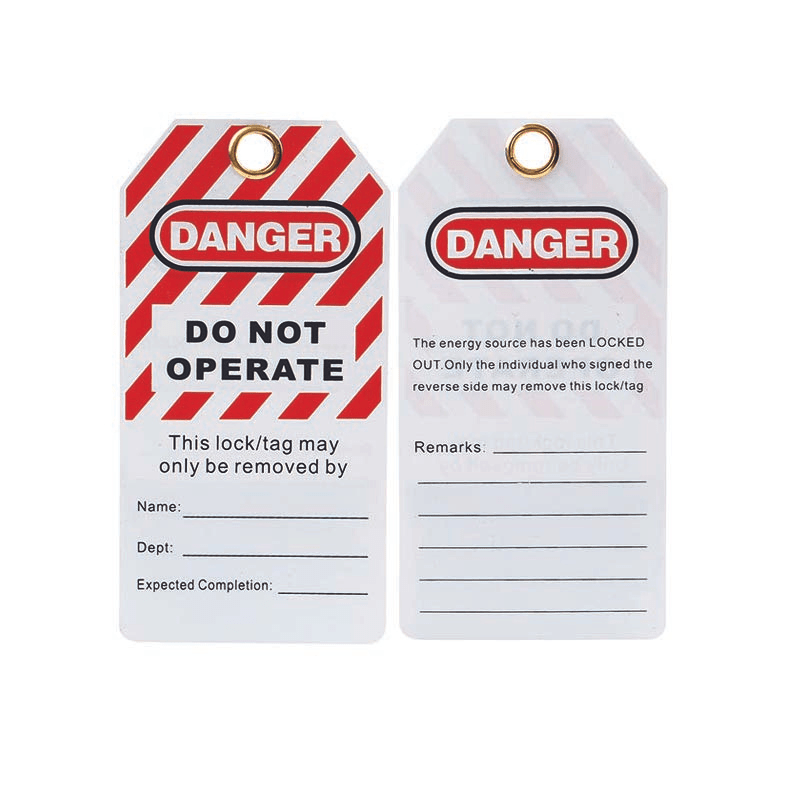Safety is a critical aspect of any industry. It ensures employee well-being, prevents accidents and injuries, reduces the risk of litigation and fines, and enhances productivity and morale. In this article, we will explore the importance of safety management and the responsibilities of management in ensuring a safe workplace.
Importance of Safety Management
Effective safety management practices are essential for creating a safe working environment. Safety management helps prevent accidents and injuries, ensures compliance with regulations, and reduces the risk of financial penalties. It also enhances productivity and morale, as employees feel valued and appreciated when their safety is prioritized.
The main responsibility of safety management is to ensure that all employees are aware of the hazards and risks associated with their work and that appropriate measures are taken to mitigate them. Effective safety management practices include regular training and communication, hazard identification, risk assessment, and implementation of appropriate controls.
Responsibilities for Managing Safety on Site
The responsibility for managing safety on site lies with the management team. This includes the site manager, supervisors, and other members of the management team. These individuals are responsible for creating a safe working environment, ensuring a safe system of work, and providing a safe workplace.
Creating a safe working environment is the responsibility of the management team. This includes ensuring that appropriate safety measures are in place, identifying potential hazards, and providing employees with the necessary training and equipment to perform their job safely.
Who is responsible for ensuring a safe system of work?
The management team is responsible for ensuring a safe system of work. This includes developing safe work procedures and providing employees with the necessary training and supervision to follow these procedures. This includes maintaining the physical work environment, ensuring that equipment is in good working condition, and providing employees with the necessary personal protective equipment.
Benefits of Safety Management Implementing effective safety management practices can result in significant benefits for an organization. These benefits include cost savings, increased employee retention, improved customer satisfaction, and enhanced brand reputation.
Conclusion
Safety management is critical for creating a safe working environment and ensuring the well-being of employees. Management has a responsibility to ensure that appropriate safety measures are in place, employees are trained and supervised, and hazards are identified and mitigated. By prioritizing safety, organizations can enjoy significant benefits and enhance their brand reputation.



